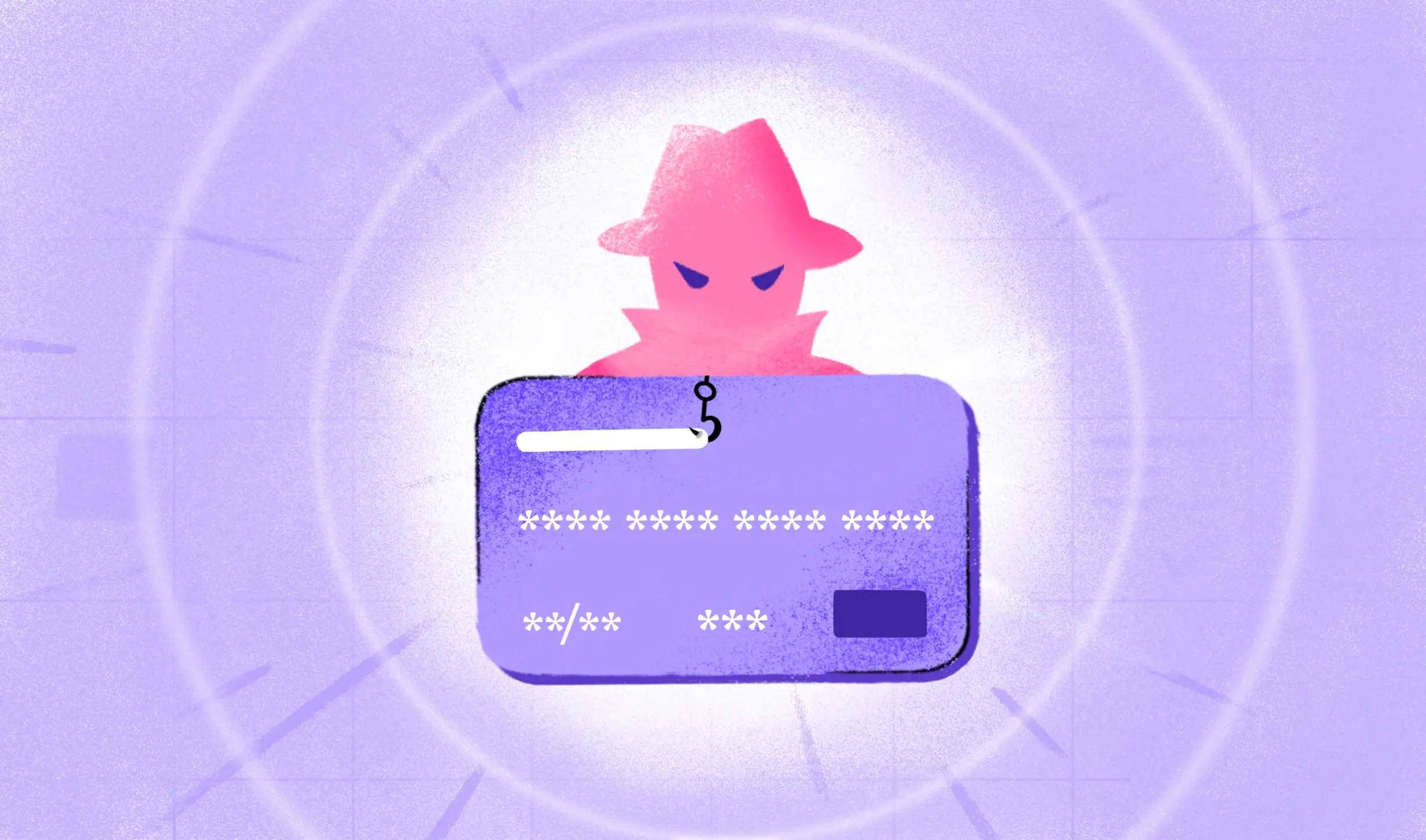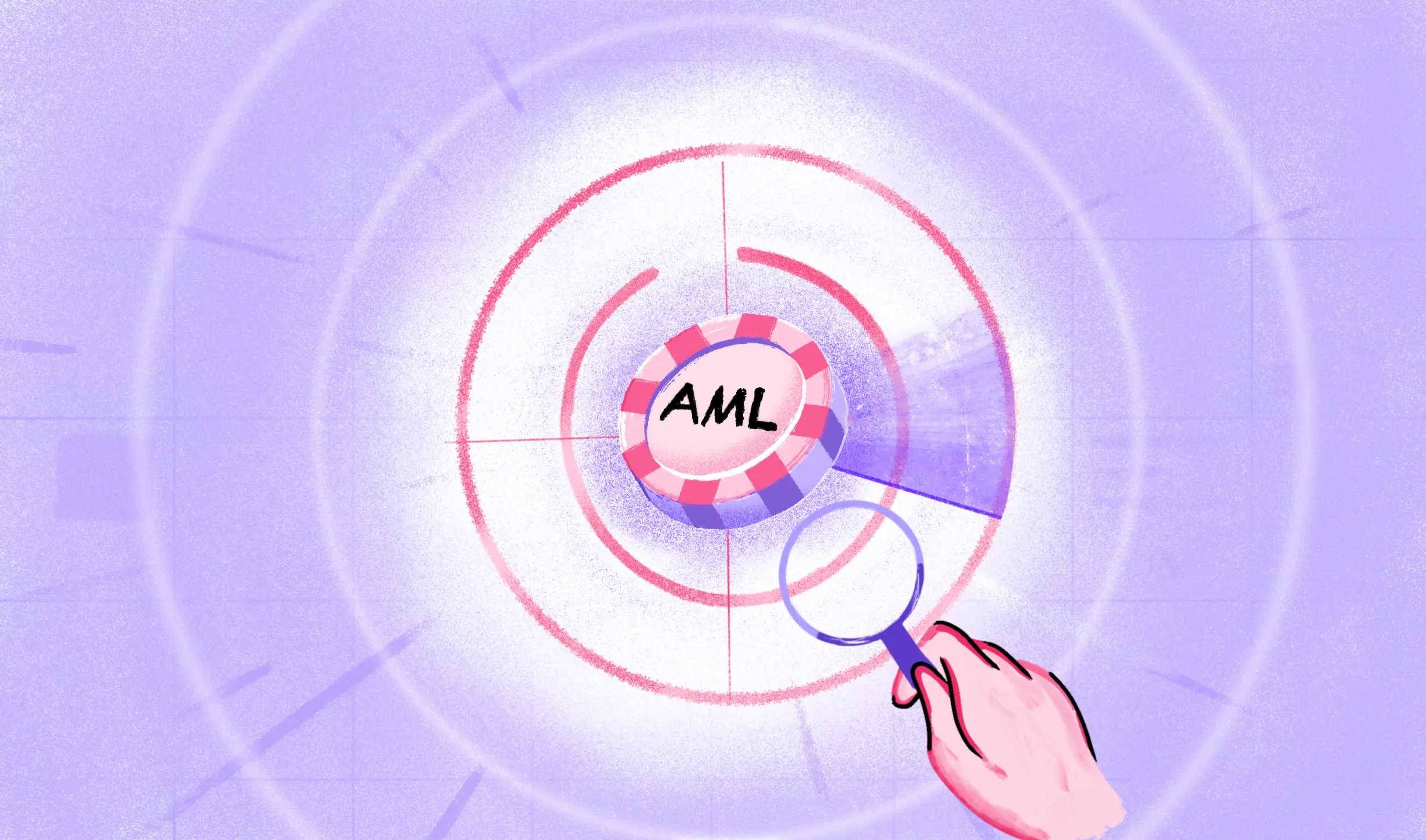Identity and inclusion: An introduction
As per the World Bank’s global dataset 2018, nearly one billion people exist without identification. This highlights a global challenge that inevitably excludes billions from accessing and exercising a range of fundamental rights and public welfare services, including education, healthcare, banking and other financial facilities. Recognizing it as a global development issue, the United Nations Sustainable Development Goal (UN SDG) no. 16.9 commits to ensuring legal identity for everyone across the globe by 2030.
Across the globe, one billion people lack ID, and existing ID schemes vary widely. ~ World Bank
What is identity in a digital world?
Individual identities have come a long way from being isolated pieces of data about an individual to being a central source of information. This evolving role of identity changes the relationship dynamics shared between individuals and institutions. At the same time, it is also opening doors for billions to access economic and social opportunities that have been closed off to them so far.
In addition, with the growth of digital services, identity becomes central to our digital lives and the focal point of fast, seamless and secure authentication. Every institution relies on digital identification and authentication to improve speed and efficiency, reduce duplicate IDs, and enhance user/consumer experience from banks to eCommerce, vaccination, or hospitality. In such a scenario, digitized identity becomes paramount for accessing even the most critical services and rights.

What constitutes a good digital ID?
A good digital ID is an identification verified and authenticated to a high degree of assurance over digital channels, is unique, is established with individual consent, protects user privacy and ensures control over personal data. ~ McKinsey
As we write this, conversations are happening, and measures are being taken to make digital identity user-centric and value-driven. Back in 2018, at the World Economic Forum’s Davos Annual Meeting, five elements were identified by world leaders and governments to strengthen the value of digital identities. These five elements or qualities are purposeful, inclusive, beneficial, the right to choose, and secure. And that brings us to the key topic of discussion—how digital identity paves the way for a borderless and inclusive world, the risks and potential, and the pivotal role of technology. Let’s get started!
Digital identity for an inclusive and borderless world
One of the key challenges with paper-based IDs was the cost associated with process implementation. With newer technologies, the cost has significantly declined. Also, the smartphone boom has brought the internet closer to the world population than ever before. Today, over four billion people have internet access. Together, it has created the perfect environment for digital identification to work, making it possible for institutions to materialize their long-pending digital ID initiatives.

Four elements constitute the basis of a digital ID ecosystem—
1) An institution or authority that will provide the identification. It can be a government or government-run organization, a private entity, a public service provider, an employer, or an NGO.
2) An individual who can be a citizen of a country or an immigrant, a student, an employee, a newborn, a refugee, a consumer, a worker, a micro-enterprise, a taxpayer and beneficiary, or an asset owner.
3) A device such as a phone, whether a feature phone or a smartphone, a laptop/desktop, a digital wallet or any technology device that will bind the individual’s identity with the credentials.
4) Things such as documents and papers whether physical or digital to authenticate the identity and other credentials.
The lack of an ID restricts people’s access to a school, a bank account, critical government healthcare and social services, and emergency aid. It also prevents them from getting a job, participating in elections, or opening a business or other ventures. Having a digital ID removes all these barriers, creating the foundation for an inclusive world.
On the other hand, a digital ID allows an institution to streamline the authentication process, bring more accuracy to the system, enable fair delivery of essential services, remove the scope of human error or human bias, and establish transparency.
Take the case of financial institutions, one of the forerunners in adopting digital IDs. The BFSI industry can significantly increase financial inclusion by accessing authenticated and verified details of the unbanked population through government-issued digital IDs. They can also mitigate the risks of NPAs by offering insurance or credit products to eligible unbanked customers. Similarly, they can meet regulatory compliance and improve customer experience by offering tailored authentication processes.
However, these benefits can only materialize when the digital IDs become interoperable. A seamless recognition and validation of an individual’s digital ID across platforms or countries is one of the foundational conditions for this system to be genuinely beneficial.
Several governments are collaborating to drive the interoperability and exchangeability of digital IDs for travel, education and employment. For instance, several countries recognize each other’s ID cards as travel documents instead of passports. Finland and Estonia have introduced an e-prescription service that can be used across the EU. European Digital Identity Wallet is another similar initiative that will help verify a person’s identity, enable access to various services, and allow the storage of official documents without hassle.
Recognizing the importance of cross-border interoperability of digital IDs in enabling economic inclusion and growth. Governments are also signing bilateral agreements to make the system interoperable.
“Public foundational digital infrastructures will be critical for inclusive economic and social development,” – Rajat Maheshwari, Mastercard Vice President of Digital Identity
Risks and challenges of digital IDs
However, like every other digital service, digital IDs come with risks and challenges. From verifying IDs from various documents to finding a balance between compliance and user experience or ensuring privacy, data security, and trust, the digital ID process poses severe risks and threats to both institutions and individuals. While regulation, consumer trust, and fraud management are some critical considerations for government bodies and other stakeholders, individuals are often exposed to data breaches or unwarranted surveillance.
Read more: What is digital identity verification: A complete guide to secure onboarding
How can HyperVerge help?
As one of the world’s leading identity verification service provider, HyperVerge understands the organizational challenges associated with instant identity verification and authentication, a key barrier for businesses and governments in achieving their digital ID goals.To mitigate the risks, HyperVerge leverages its proprietary AI models trained to produce highly accurate results, meet all compliance standards, identify anomalies, and protect organizations against fraudulent activities.
- HyperVerge’s proprietary AI models are engineered to work in real-time, even in low bandwidth environments, on low-end devices and enable you to innovate fast & add custom AI checks as new needs are identified.
- The single-image passive liveness technology enables you to convert more users by improving CX and verifying liveness with just a selfie and without any complex gestures or videos.
- Our models have been trained extensively on diverse facial variations and produce highly accurate results regardless of race, age and gender.
- Our AI models are engineered to ensure all compliance standards are met, and you get the photos with all the checks you need.
- Fraudsters are getting very innovative with ID frauds. Our AI-powered solutions defend you against various types of fraudulent activities.
Final thoughts
The digital ID landscape is still in its nascency, constantly learning and evolving. Therefore, it is our duty to bring flexibility, exchangeability and interoperability to solutions to serve the right purposes. It is also essential to ensure that the IDs are designed to meet future needs, adapt to regulatory changes, and have room for growth. They should also be easy to use, offer complete data security, and be used responsibly. For businesses, that can be a tightrope to walk on. But, with a partner such as HyperVerge by their side, businesses can unlock the real value of digital identity.
For more details on HyperVerge products and solutions, click here.

 US
US
 IN
IN









